Buenos Aires comprises 48 neighbourhoods, or barrios. From San Telmo’s boho vibes to the riverside modernity of Puerto Madero, the most emblematic barrios each have their own distinct flavour.
San Telmo
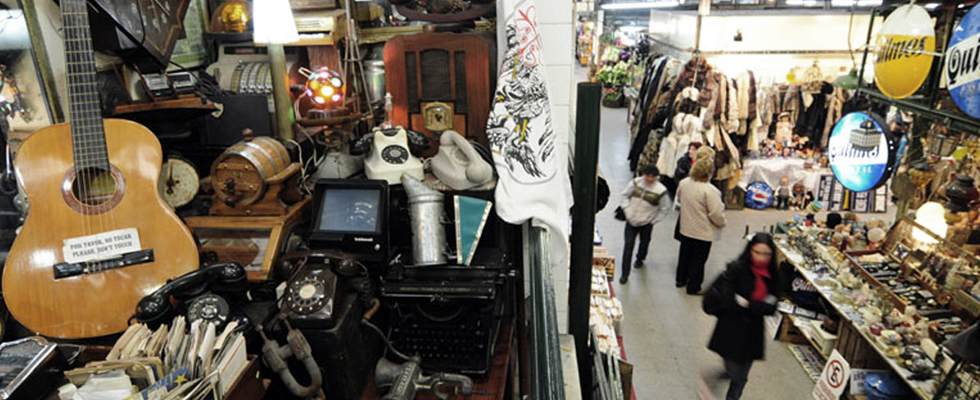
San Telmo is one of BA’s oldest neighbourhoods and boasts a vibrant tango and arts scene. Its antiques markets, candle street lighting (known as farolas), cobblestones, and old buildings with original facades and décor, all add to the uniquely bohemian atmosphere. Independent clothes stores, galleries and boutiques sell eclectic garments, art works and jewellery, while old bars and poets' meeting places have barely changed in decades. Sundays buzz with activity as the main antiques market comes alive around the Plaza Dorrego; cafes, restaurants and bars teem with people and tango dancers jostle for space. The Museo de Arte Moderno (MAMBA) is located here in a former tobacco factory, and look out for the colourful statues on the ‘Paseo de la Historieta’ (Comic strip walk), which pay homage to Argentina’s best-loved comic characters like Mafalda, arguably the country’s most influential social analyst of the 1960s and 70s!
Trivia: It may now be a centre for trinket-hunting, but Plaza Dorrego in San Telmo was where Argentine independence was first declared in Buenos Aires in 1816.
Recoleta
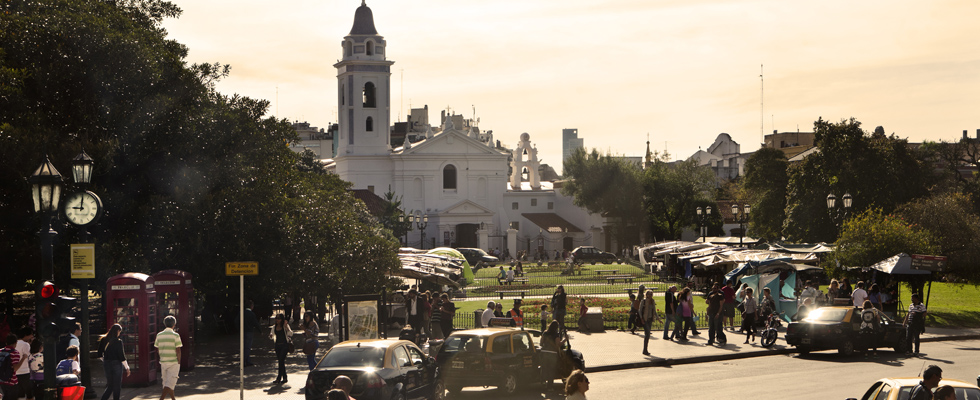
The most refined and ‘European’ of Buenos Aires neighbourhoods - and probably what people have in mind when they refer to Buenos Aires as "the Paris of the south," Recoleta is a wealthy residential area of great historical and architectural interest thanks to its iconic buildings evocative of Parisian ‘petits hôtels’. Many of the city’s most luxurious hotels can be found in Recoleta. Its tree-lined avenues are home to fashionable restaurants, cafes, boutiques, malls and galleries, and its parks and plazas host street performances, art exhibits and craft fairs on weekends. Look out especially for the craft fair in Plaza Francia. Recoleta Cemetery, the final resting place for generations of Argentine elites, is a stunning labyrinthine city for the dead, not to be missed. Among other attractions, Recoleta is also home to the Museo Nacional de Bellas Artes, the National Library, the Palais de Glace, the BA Design Centre and the Recoleta Cultural Centre.
Trivia: Recoleta in its current splendor was born out of an exodus of wealthy families from the south of the city seeking higher ground to avoid the spread of disease. Deadly cholera and yellow fever epidemics in the 1870s ravaged heavily populated southern barrios like San Telmo, and the open terrain of Recoleta was a blank canvas for wealthy families influenced by Parisian styles.
Puerto Madero
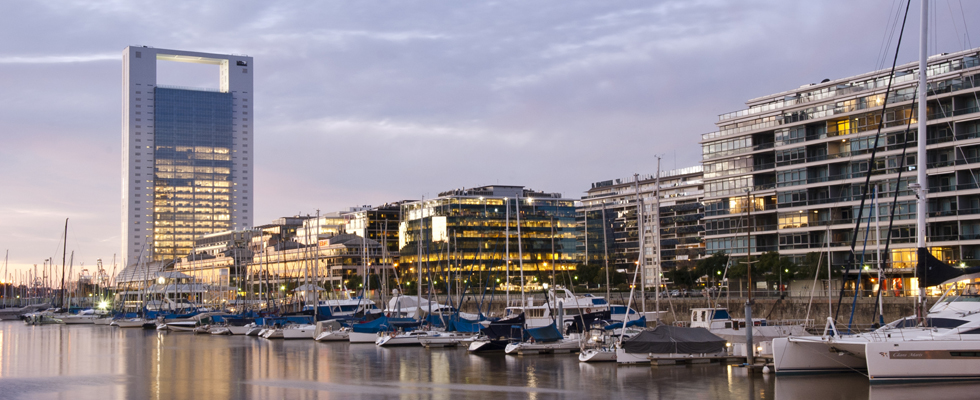
Situated riverside along the Río de la Plata in a former commercial docks, modern Puerto Madero is the city’s youngest neighbourhood and a major gastronomic and business hub. Along the canals, former industrial warehouses have been converted into elegant bars, eateries and offices in one of the most successful urban waterfront restoration projects in the world. The iconic ‘Puente de la Mujer’ (Women’s Bridge), is the barrio’s dramatic centerpiece. Despite its many skyscrapers, the area makes a calming contrast to the bustle of the city centre, and its riverside walkways and green parks make it perfect for strolling, cycling or lingering over coffee and pastries in a riverfront cafe.
Trivia: You might notice that many streets in Puerto Madero are named after famous Argentine women; from Cecilia Grierson, a pioneering doctor and female rights activist, and the first woman in South America to earn a medical degree (1889), to Azucena Villaflor, the founder of the "Madres de Plaza de Mayo" movement which is dedicated to searching for the ‘desaparecidos’, victims of forced disappearance during Argentina's last military dictatorship.
City Centre (San Nicolás & Montserrat)
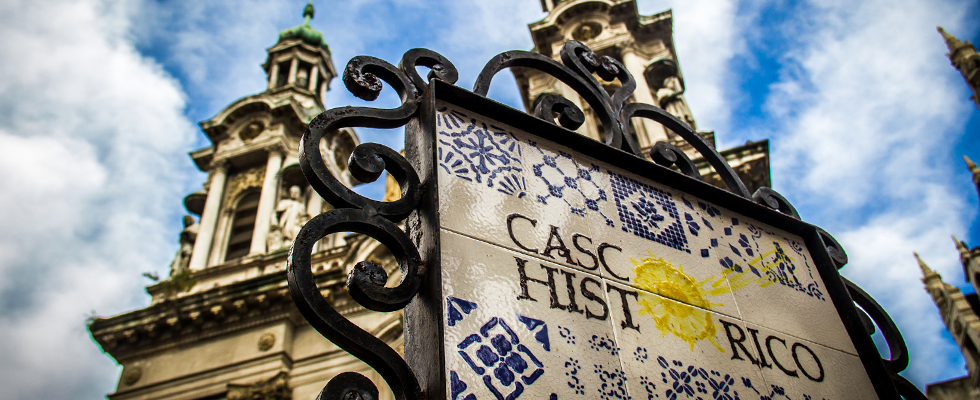
These two neighbourhoods contain Buenos Aires’ financial, political and business centre, often referred to as "downtown" or "microcentro". Landmarks such as the ‘obelisco’ and the beautifully restored Teatro Colón line the busy Avenida de Julio, the widest avenue in the world. This area also boasts some classic porteño cafes, the shopping mecca of the pedestrianized Calle Florida with its many malls, and the hugely impressive squares, Plaza del Congreso and Plaza de Mayo, which respectively house the Congress and the Casa Rosada governmental palaces and are connected by the Avenida de Mayo.
Trivia: Buenos Aires has more theatres than any other city in the world. Head westwards along the Avenida Corrientes from Avenida de Julio and you’re in Buenos Aires’ very own Broadway.
Retiro
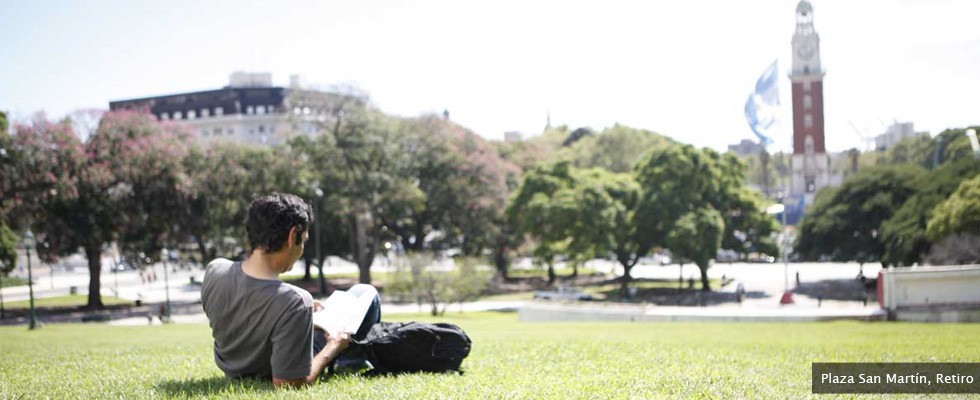
Retiro is known principally for the enormous bus and train terminal of the same name, but it also contains high-end hotels, historic palaces and boutique shops. Across the street from the station is the Torre Monumental and a large square called Plaza San Martín, where the shopping streets of Calle Florída and Avenida Santa Fe converge. On one corner of the Plaza stands the iconic Art Deco Kavanagh building, which was at one time the tallest building in Latin America.
Trivia: The area of Retiro was once a training ground for General José de San Martín's Regiment of Mounted Grenadiers, which is why today’s Plaza San Martín features an equestrian monument to the hero of the Argentine War of Independence. There's also a memorial to those who died in the Malvinas War.
La Boca
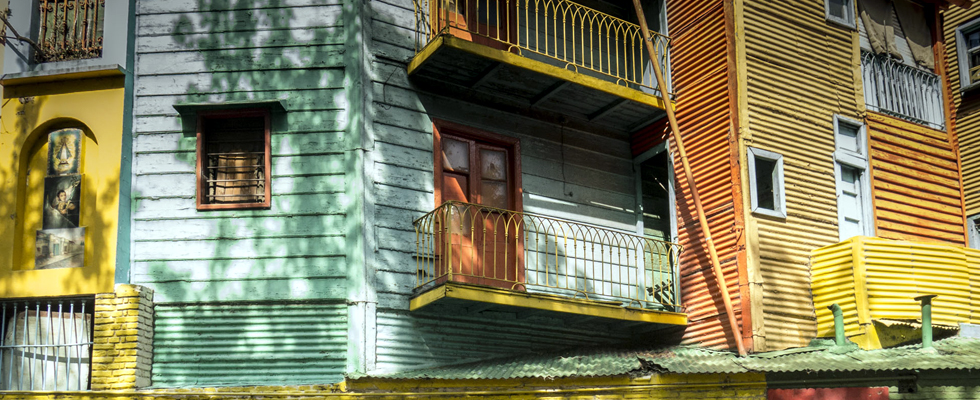
Famous for the brightly-painted houses and ‘conventillos’ (communal housing tenements) on the ‘Caminito’, and the legendary Boca Juniors football club where Diego Maradona made his name, La Boca is located next to the old port. Rather like New York’s Lower-East Side or London’s East End, it was traditionally an area where immigrants settled - around 6 million foreign immigrants poured into Argentina between 1880 and 1930, many from Genoa in Northern Italy. La Boca also has some excellent arts and cultural centres, such as the Fundación Proa, the Quinquela Martín Museum of Fine Arts and the Usina del Arte, a handsomely restored former power plant, now a major music and arts venue - its auditoria have some of the best acoustics in the world.
Please note that while tourist areas in La Boca are safe for visitors by day, it is not recommended to walk the streets of La Boca at night.
Trivia: The brightly-coloured paint used to preserve the hulls of ships first appeared on the facades of La Boca’s dance houses and brothels in the early twentieth century. In the 1950s, to emulate the spirit of early immigrants, a group of neighbours led by local artist Quinquela Martín, decided to paint all the houses on the Caminito, which was named after a famous tango composed in 1926.
Palermo
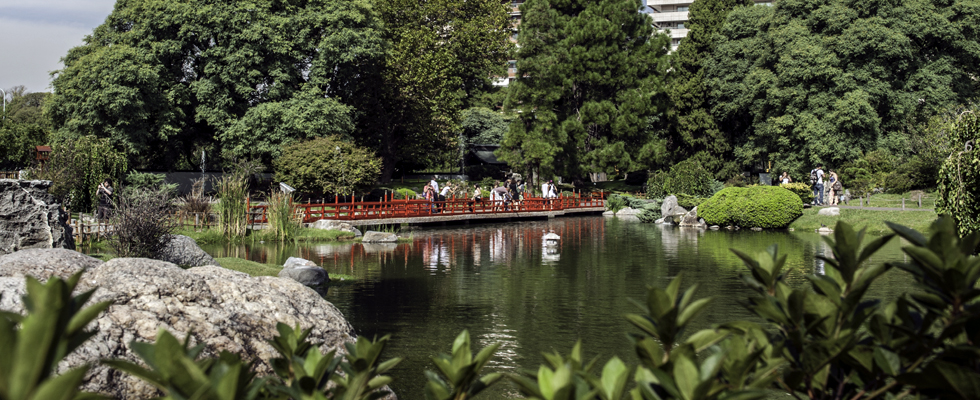
Palermo is the largest neighbourhood in Buenos Aires, home to huge parks and some of the city's trendiests bars, clubs and fashion boutiques. People often split the area into several sub-barrios, including Palermo Chico, Palermo Soho and Palermo Hollywood. With nearly 350 acres of parks, lakes and wooded areas - many designed by French landscaper Charles Thays in the 19th century – Palermo’s eastern side is a peaceful retreat from the heady rush of the downtown area. It contains the Tres de Febrero park, the Botanical Gardens, the Japanese Garden, the Planetarium, the rose garden, the Hippodrome (race course and polo ground) and many museums, such as the Museo de Arte Latinoamericano (MALBA), the National Museum of Decorative Arts and the Museo Evita.
As you move away from the river towards the Palermo Soho, Hollywood and Las Cañitas areas, the tranquil parks give way to a busy shopping, dining and partying district.
Trivia: Argentina is known for having the most psychologists per capita in the world. The southern corner of Palermo has been dubbed ‘Villa Freud’ for the sheer number of private therapists and psychologists’ clinics found in this little area of the city.
Belgrano
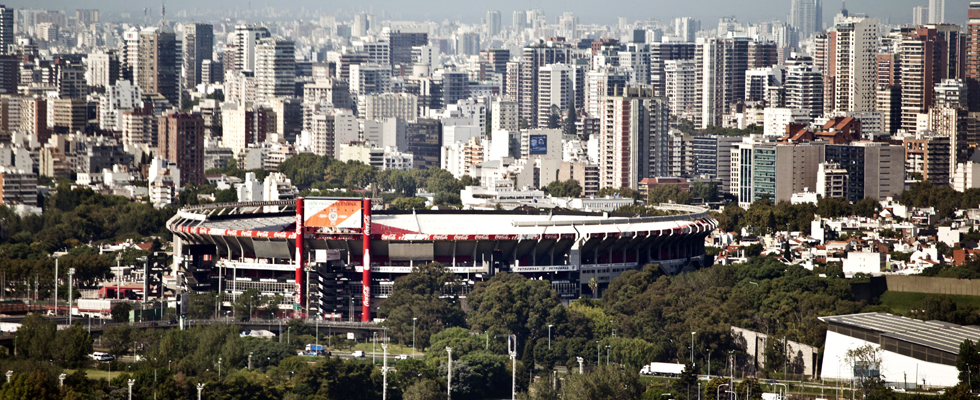
Located in the north, Belgrano is a large leafy residential district with some top-notch cafes and restaurants, and the eye-catching Inmaculada Concepción church, known locally as "La Redonda" (the round one). Traditional mansions rub shoulders with modern high-rises, and the neighbourhood’s eastern side along the Río de la Plata is a patchwork of public parks and private sports clubs. River Plate football club is located close by in Nuñez. As well as its weekend crafts fair on Plaza Manuel Belgrano, the barrio is also known for China Town (‘Barrio Chino’) and the Barrancas de Belgrano, a pleasant park with a bandstand that hosts milongas some evenings.
Trivia: Belgrano was originally a pueblo (village) to the north of the city. It was founded in 1835 and named after Manuel Belgrano, a politician and military leader from Rosario who designed the national flag of Argentina.
A brief word on some of the rest…
Balvanera is a central commercial area historically associated with Carlos Gardel, Argentina’s most beloved tango singer of the 1920s and 1930s, and the Abasto market - now regenerated as a modern shopping centre. Many tango halls and ‘milongas’ can be found in the area, as well as examples of Art Nouveau architecture.
Sandwiched between Palermo Hollywood and Belgrano, Colegiales is a typical porteño residential barrio, home to the Mercado de las Pulgas, a flea market selling everything from antique furniture to vintage comics, housed in a giant warehouse.
If you’re looking for bargains on well-known local and international brands, head to the shopping outlets in Villa Crespo, located to the south-west of Palermo.
And finally, although it does not enjoy the same fanfare as the Recoleta Cemetery, the enormous Cemetery in Chacarita is equally a fascinating place to wander around. Many tango singers and composers were laid to rest there.
